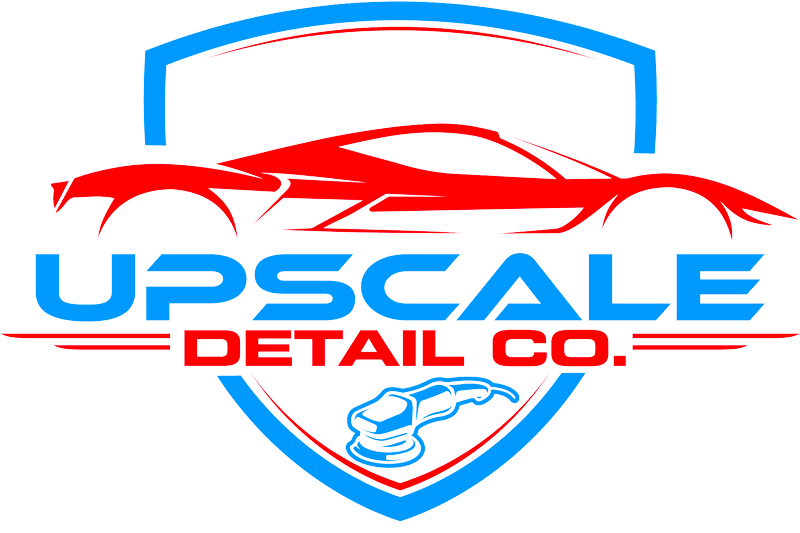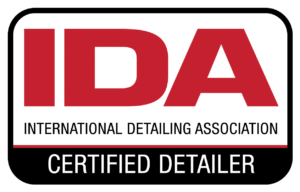The Hidden Costs of DIY Paint Protection: Why Professional Installation Saves Money
You're scrolling through YouTube at midnight, watching someone install paint protection film in their garage. It looks straightforward enough. The kit you found online seems reasonably priced, and you're thinking you could knock this out over a weekend. After all, how hard could it be?
Here's what that video won't show you: the three failed attempts, the ruined film panels, the bubbles that won't come out, and the tools you didn't know you needed until halfway through the job. DIY paint protection costs go way beyond that initial kit price, and most people don't realize it until they're already committed.
If you're a business professional or doctor who values both your time and your vehicle, understanding the real economics of DIY versus professional installation isn't just smart – it's necessary before you make a decision you might regret.
What the Initial Numbers Look Like
At first glance, DIY looks like a no-brainer from a budget perspective. You see the kits online, compare them to professional quotes, and the difference seems substantial. But that's where most people stop looking.
A typical DIY kit might cover specific panels or sections of your vehicle. Seems affordable until you start adding up everything else. Professional installation includes the film, yes, but also expertise, proper tools, controlled environments, and warranties that actually mean something.
The Hidden Expenses Nobody Talks About
This is where DIY paint protection costs start adding up fast, and most people don't see it coming until they're already deep into the project.
Tools and Equipment You'll Need:
- Heat gun or steamer for film application
- Precision cutting tools and blades
- Squeegees and application tools
- Spray bottles and application solution
- Proper lighting setup
- Clean, dust-free workspace
You can't do this job with what's already in your garage. And cheap tools lead to poor results, which means buying better tools after your first failed attempt.
Materials That Get Wasted: Film doesn't stretch, reposition, or forgive mistakes easily. Most first-timers ruin at least one panel, sometimes more. That means reordering materials, waiting for shipping, and losing momentum on your project. Each mistake costs real money.
The Time Investment Factor: Let's be honest about what your time is worth. If you're a business owner billing at professional rates or a doctor with limited free time, spending 12-16 hours on a DIY installation (plus research and prep time) has a real dollar value. That weekend you're spending in your garage isn't free.

Common Failure Points and Their Costs
Understanding where DIY installations typically fail helps you see the real financial risk you're taking on. We're not saying this to scare you – these are actual scenarios we see regularly at Upscale Detail Co LLC.
Application Issues:
- Trapped dust and debris under the film
- Air bubbles that won't release
- Improper edge sealing leading to peeling
- Misaligned panels with visible seams
Damage Scenarios:
- Scratched paint from improper surface prep
- Clear coat damage from aggressive removal attempts
- A film that yellows or hazes due to contamination
- Adhesive residue that requires professional correction
Each of these problems costs money to fix. Sometimes, more than a professional installation would have cost initially.
What Professional Installation Actually Includes
When you work with professionals, you're not just paying for a film application. You're paying for controlled conditions, proper surface preparation, and expertise that prevents the costly mistakes DIY installers make.
Paint protection film installation in a professional setting means climate-controlled environments, specialized equipment, and installers who've done thousands of applications. The film goes on correctly the first time.
Professional installation also includes proper surface correction before application. If your paint isn't perfectly prepped, the film won't bond correctly. DIYers often skip this step or don't know how to do it properly.
The Warranty and Insurance Question
This is where the financial comparison gets really interesting. Professional installations come with warranties that protect your investment. DIY installations? You're on your own if something goes wrong.
Most film manufacturers won't honor warranties on DIY installations. If the film fails, yellows, or develops issues, you're buying new materials and starting over. Professional warranties typically cover both materials and labor.
Insurance is another consideration. If you damage your paint during DIY installation, your auto insurance might not cover the repair. Professional shops carry insurance specifically for this type of work.
Long-Term Value Analysis
Think beyond the initial installation. DIY paint protection costs extend into the future based on how long the installation actually lasts and performs.
Professional Installation Lifespan:
- Typically, 7-10 years with proper maintenance
- Maintains clarity and protection throughout
- Backed by transferable warranties
- Increases resale value
DIY Installation Reality:
- Often fails within 2-3 years
- Edge lifting and contamination are common
- No warranty protection
- May decrease resale value if poorly done
The cost per year of protection tells the real story. A professional installation that lasts twice as long as a DIY attempt costs less annually, even with the higher upfront investment.

Making the Smart Financial Decision
Nobody wants to feel like they wasted money, whether that's on materials for a failed DIY project or on professional services they could have done themselves. The key is making an informed decision based on your specific situation.
Consider your skill level honestly. Have you done detailed automotive work before? Do you have the patience for precise, tedious tasks? Are you comfortable working with adhesives and films? Your honest answers matter here.
Factor in your available time and what that time is worth to you. A business owner who could be working or a doctor who rarely gets weekends off should calculate the opportunity cost of DIY installation.
Think about risk tolerance, too. Can you afford to repaint a panel if something goes wrong? Are you comfortable potentially decreasing your vehicle's value with a poor installation?
What are the typical DIY paint protection costs including all materials and tools?
Most people budget for the film kit but forget about the necessary tools and supplies. You'll need a quality heat gun, application solution, squeegees, cutting tools, and proper lighting. Factor in wasted materials from mistakes, and total costs often reach closer to professional installation than initially expected, without any of the expertise or warranties.
How long does a DIY paint protection installation typically last?
DIY installations typically last 2-4 years before significant issues appear, compared to 7-10 years for professional installations. The difference comes down to proper surface preparation, application technique, and environmental control during installation. Edge lifting, contamination, and adhesion failures are common with DIY attempts.
Can I get warranties on DIY paint protection film?
Most film manufacturers explicitly void warranties for DIY installations. Professional installation is usually required to maintain warranty coverage. This means if your DIY film fails, yellows, or develops defects, you're responsible for replacement costs including new materials and your time to reinstall.
What's the biggest hidden cost in DIY paint protection?
Time investment is the most overlooked cost. Most DIY installations take 12-16 hours for beginners, often spread across multiple days. For professionals billing their time at business rates, this time investment can exceed the cost difference between DIY and professional installation, not counting the value of weekend time with family.
Does poor DIY installation affect vehicle resale value?
Yes, poorly installed paint protection film can decrease resale value. Buyers and dealers recognize poor installations through bubbles, lifting edges, and discoloration. Some buyers will require professional removal and paint correction before purchase, which costs more than professional installation would have initially.
Your Next Step
The math on DIY paint protection costs versus professional installation isn't always straightforward. It depends on your vehicle, your skill level, your available time, and what you value most.
What matters is making a decision based on complete information, not just the sticker price of a DIY kit versus a professional quote. Both options have their place depending on your specific situation.
If you want to see what professional paint protection film installation involves and how it compares to DIY for your specific vehicle, reach out to discuss your options. We're happy to walk through the details so you can make the choice that makes sense for your situation.


